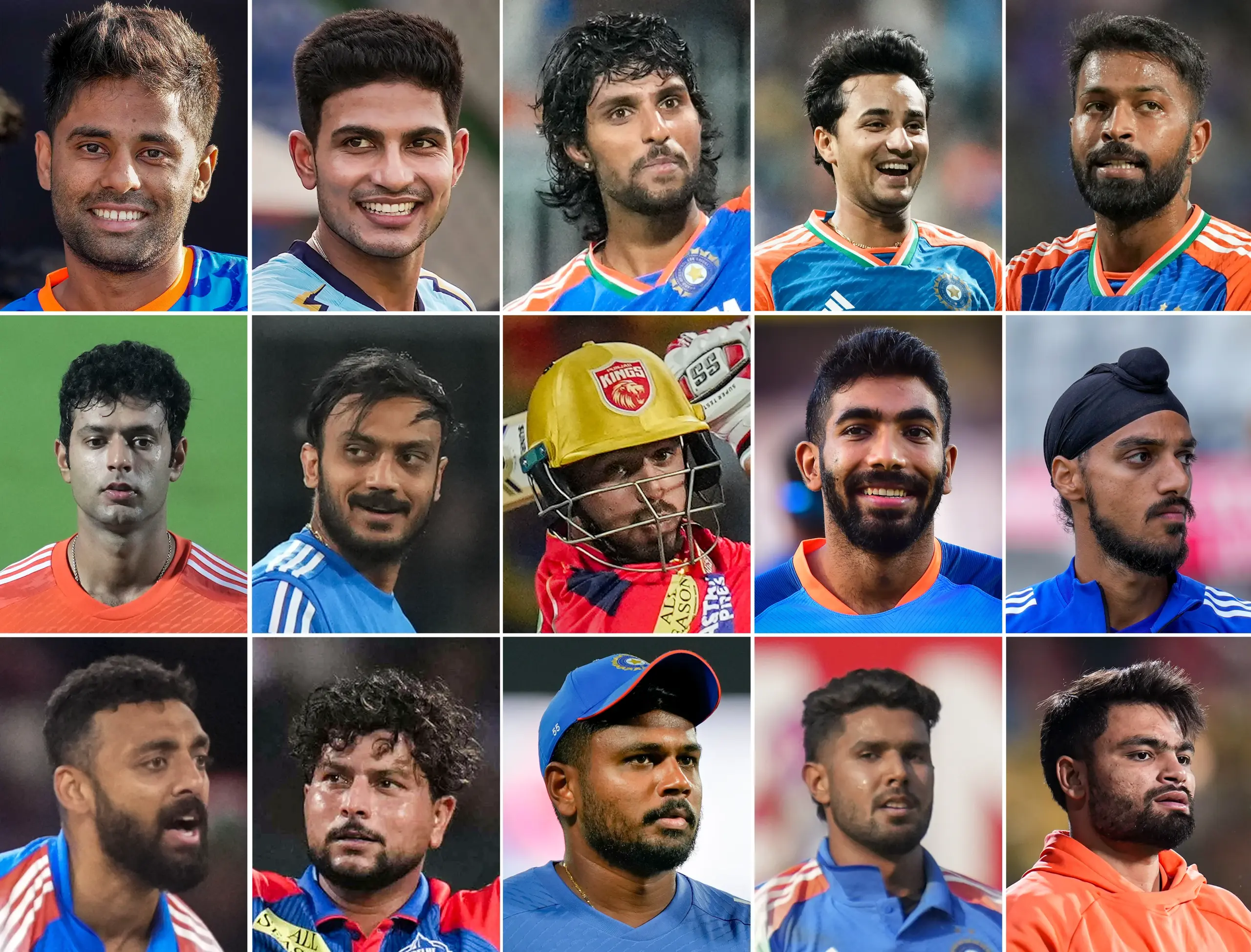T20 cricket today occupies a distinct space in India’s cricketing landscape. The Syed Mushtaq Ali Trophy (SMAT), the Indian Premier League (IPL), and the various state premier leagues serve as interconnected rungs in a ladder of recognition.
Performances here are meant to catch the attention of franchise talent scouts and selectors, creating a pathway that leads from domestic cricket to the IPL, and ideally, to the Indian T20 team.
Over the years, this system has produced results. Several uncapped players have moved from SMAT or state leagues into the IPL, and from there into national reckoning. The structure, in theory, creates clarity: strong performances in these feeder tournaments should translate into opportunities at the highest level.
Yet, recent selection calls highlight a puzzling break in this chain. Sai Sudharsan, whose consistent IPL form earned him a place in the Test squad for the England tour, finds himself overlooked in the very T20 format where he has made his mark. Shreyas Iyer, too, remains a curious case. His leadership and prolific batting in the IPL nearly secured him a spot for the England series, but he remains absent from the Asia Cup T20 squad. These examples raise questions about whether the pathway from IPL to Indian T20 cricket is as straightforward as it appears.
Leadership roles add another layer of complexity. Hardik Pandya captains Mumbai Indians in the IPL, with India’s T20 captain Suryakumar Yadav playing under him at franchise level. In contrast, Shubman Gill leads India in Tests, yet serves as vice-captain in T20s. Such reversals are not necessarily problematic, but they illustrate the lack of a clear alignment between franchise hierarchies and national team roles.
The broader issue is not about individual names, but about consistency in the system. If the IPL and domestic T20 competitions are designed to be feeders for the Indian team, then performances, roles, and leadership credentials should connect in a more coherent manner. Otherwise, the risk is a disjointed process where the “tributaries” of SMAT, state leagues, and the IPL fail to merge into the main river of Indian cricket in a logical flow.
Ultimately, the health of Indian T20 cricket depends not only on talent identification but also on ensuring that pathways remain transparent, credible, and aligned with the demands of the international game.
